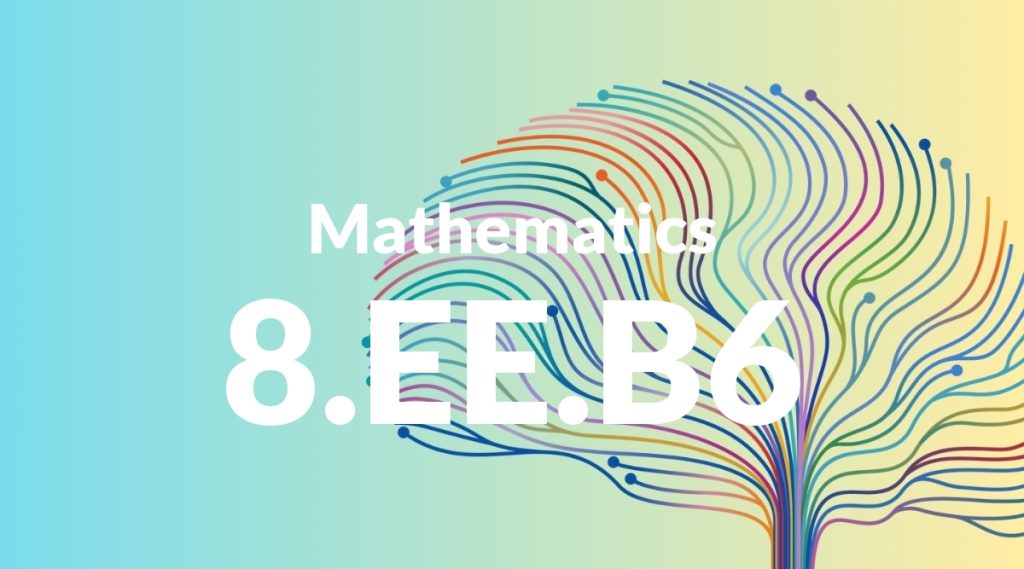Standard: 8.EE.B6 – Use similar triangles to explain why the slope m is the same between any two distinct points on a non-vertical line in the coordinate plane; derive the equation y = mx for a line through the origin and the equation y = mx + b for a line intercepting the vertical axis at b.
Grade level: Grade 8
Subject: Mathematics
Domain: Expressions & Equations
Teacher Overview
This standard focuses on understanding the concept of slope using similar triangles and deriving linear equations for lines in the coordinate plane. It is crucial as it lays the groundwork for more advanced algebraic concepts and real-world applications of linear relationships. Students should be comfortable with the coordinate plane, plotting points, and basic proportional relationships before tackling this standard.
Mastering this standard prepares students to solve more complex systems of linear equations and understand the geometric implications of linear functions in higher dimensions.
Common Misconception 1
A common misconception is that the slope of a line can change between different points on the same line. This is incorrect because the slope is a measure of the line’s steepness, which remains constant between any two points on a straight line.
Intervention 1
To address this misconception, use multiple examples of different lines and have students calculate the slope between various points. This will help them see that the slope remains consistent.
Common Misconception 2
Another common misconception is confusing the y-intercept with the slope. Students may think that both represent the same aspect of the line, which is not true.
Intervention 2
To remediate this, provide clear definitions and visual aids that distinguish between the y-intercept and the slope. Use real-world examples, such as graphing the height of a plant over time, to illustrate each concept.
Prerequisite Knowledge
Students should have a foundational understanding of the coordinate plane, including plotting points, and basic concepts of proportional relationships and ratios.
Subsequent Knowledge
After mastering this standard, students will be able to solve more complex systems of linear equations and understand the geometric implications of linear functions in higher dimensions.
Instructional Activities
- Graphing various lines and calculating their slopes using different points.
- Using similar triangles to visually demonstrate why the slope remains constant.
- Deriving the equation of a line through the origin and a line with a y-intercept.
- Real-world problem-solving activities involving slopes and linear equations.




